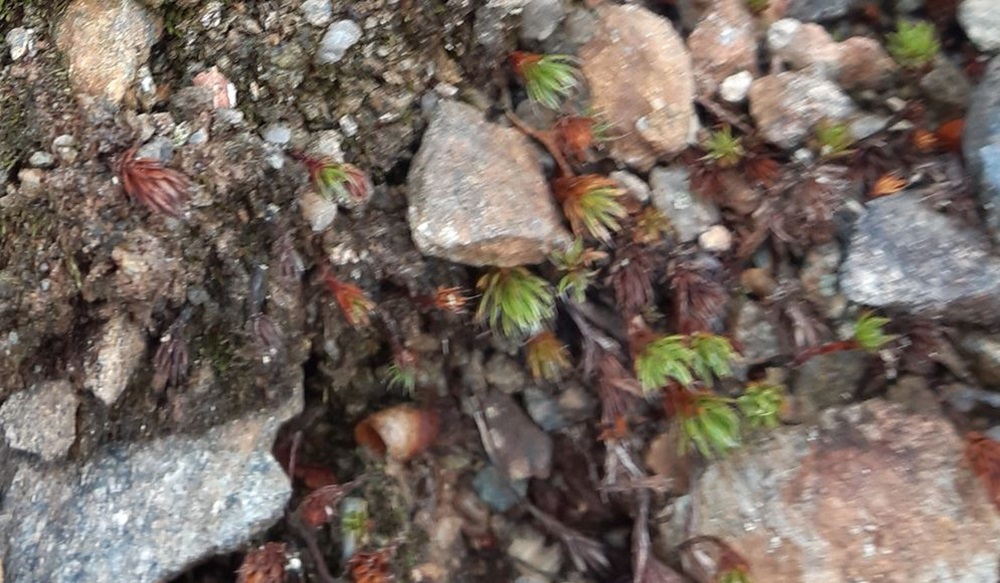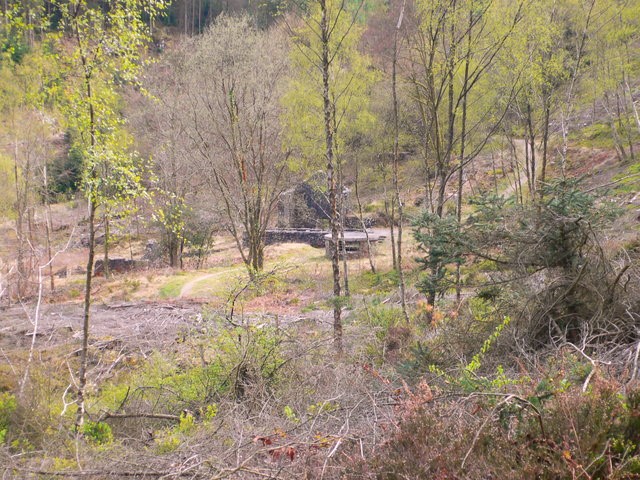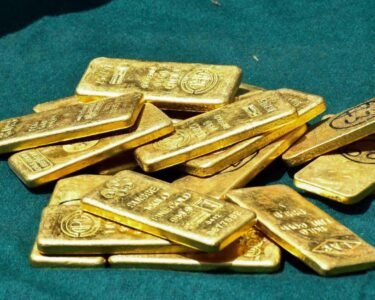
A new population of an extremely rare plant which thrives in ‘heavy metal’ environments has been recorded after restoration work at a former mining site.
Natural Resources Wales (NRW) has been working to protect Calaminarian grassland, a feature of Gwydir Forest Mines Special Area of Conservation, which covers 139 hectares in Conwy county.
Within the forest are a series of disused lead and zinc mines with spoil-heaps colonised by Calaminarian grassland, which grows on land rich in heavy metals, such as lead, zinc, chromium and copper, that are toxic to most plant species.
Gwydir Forest is the most important location in the world for the rare lead moss which grows within this special type of grassland.
Outside of the UK and and Ireland the only other populations are found in south-west Germany and Belgium.
Experimental scrapes
Following work in 2022 which saw experimental scrapes dug to re-create suitable habitat, a survey has now found a new population of the moss on one of the scrapes.
Caroline Bateson, a Sustainable Management Advisor for NRW’s Conwy Environment Team, said: “The encouraging results of a recent survey show Gwydir is still a globally important stronghold for lead moss, including a new population on one of the scrapes from our work.
“Rocks within the hand-dug scrapes provide shelter and offer a micro-habitat for the moss which is threatened with global extinction and categorised as endangered on the International Union for Conservation of Nature Red List of Threatened Species.
“There is still a lot of mystery around the moss, including its patchy distribution in Gwydir Forest, with some believing it was spread on the boots of miners.”

The survey, funded by Biodiversity Funds for Ecosystem Resilience, will help inform NRW’s management of the Special Area of Conservation moving forward.
Work has also recently taken place to enhance the habitat further.
Open conditions
Ms Bateson added: “We recently removed conifer and scrub from the most important area where the moss grows. Scrub encroachment and the needle drop from large conifer trees impacts these rare plants which need open conditions.
“We hope this work will further enhance populations and protect them moving forward.
“This latest work will also help protect a valuable mosaic of different wetland and peatland habitats, which store soil-based carbon, helping to safeguard and sequester carbon.”
The small-scale mining of lead, zinc and silver began in Gwydir as early as Roman times with the most intensive period of mining taking place between the 1800s and 1960.
Support our Nation today
For the price of a cup of coffee a month you can help us create an
independent, not-for-profit, national news service for the people of Wales, by
the people of Wales.






